In 2018 ANCAP introduced Child Occupant Protection to their crash testing, using 6- and 10-year-old dummies in the back seat. I went along to CrashLab in Sydney, where ANCAP's chief technical officer, Mark Terrell let me into a few little secrets about what’s going to change in ANCAP crash testing at the end of 2019…
1- The 20-year-old Frontal Offset Crash Test is being Replaced
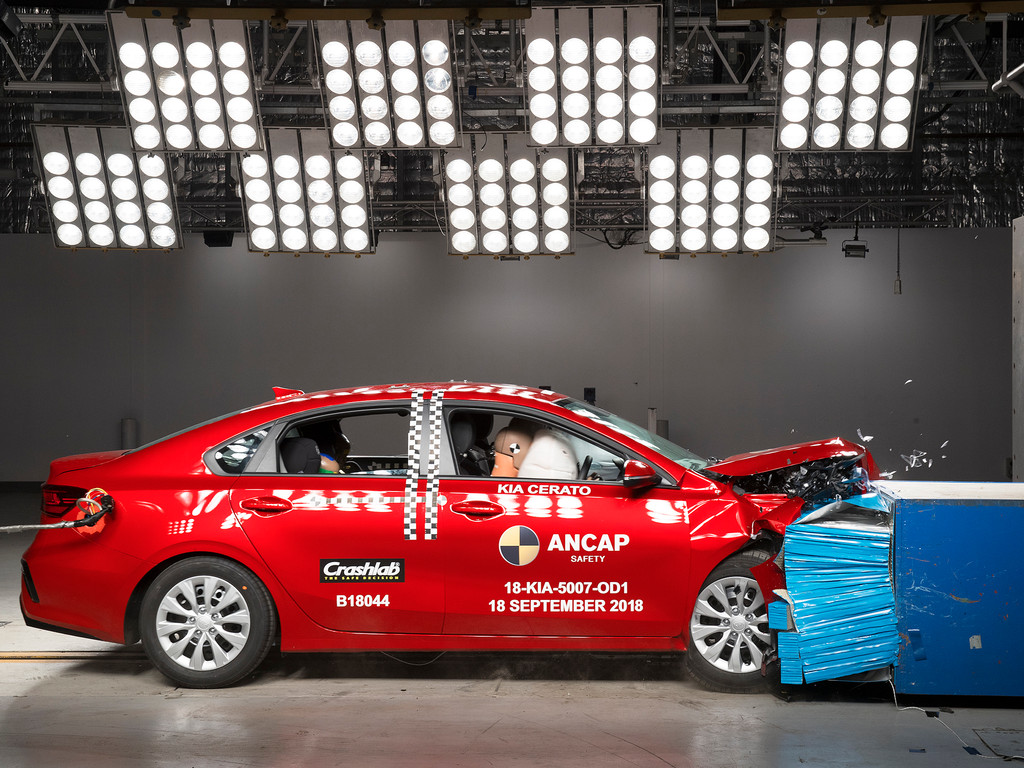
Mark reveals one of the biggest changes is a new crash text that will have the six- and ten-year-old child crash test dummies in the back. The 64km/h frontal offset crash test ANCAP has been running for over 20 years is “out the window” and a replacement moving vehicle-to-vehicle crash test will take its place, using a moving representative aluminium barrier so simulate a head-on collision. This test will also use a new adult crash test dummy.

Mark explains it is a big step for the vehicle manufacturers because it is different and if they have designed a car to do well in the old test and not the new requirements, then they will have a lot of work to do.
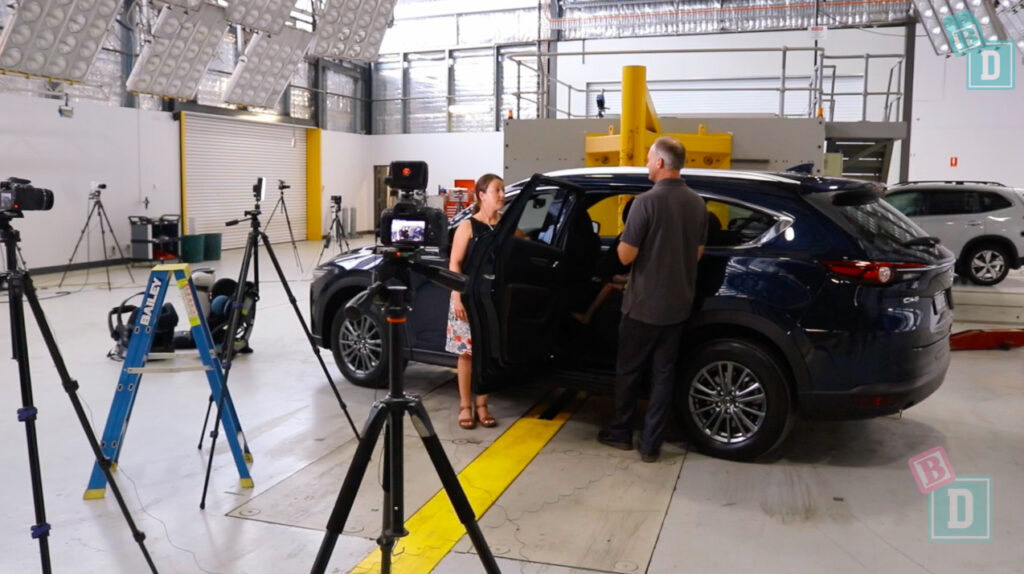
The CrashLab facility in Sydney, where I met Mark, is the perfect location for the new vehicle-to-vehicle crash test because it is indoors and has double-ended tunnels, where the vehicle can come from the end of one tunnel and the drive trolley from the other, meeting in the middle where we are standing.

Mark explains the new crash test is more representative of a real-world crash and one of the new elements of the testing is stepping into the role of vehicle compatibility, looking at the structure and geometry of the vehicle being tested and seeing how that will interact with other vehicles.
Mark explains: “If a vehicle has very concentrated points of structure at the front and everything is in two long rails perhaps, if that hits another vehicle with two long rails the two will miss each other and then the systems won't perform as expected and the results out on the road won't be what it was in the crash test.”
According to Mark, this means ANCAP is “getting into the space of looking after not just this car but others and encouraging the two cars to work together a bit better than they do now”.
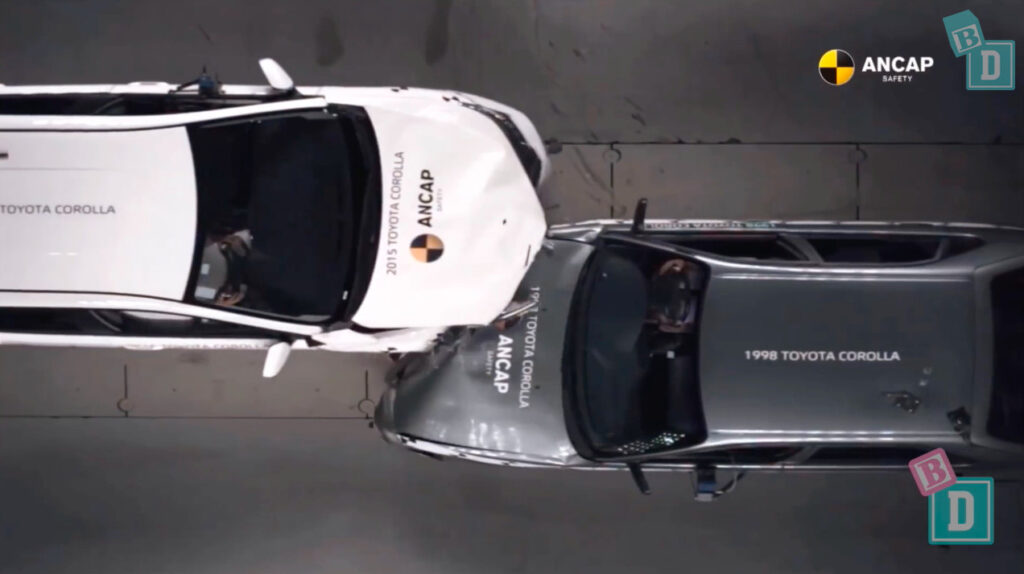
2- Side Impact Crash Test Speed Changes from 50km/h to 60km/h
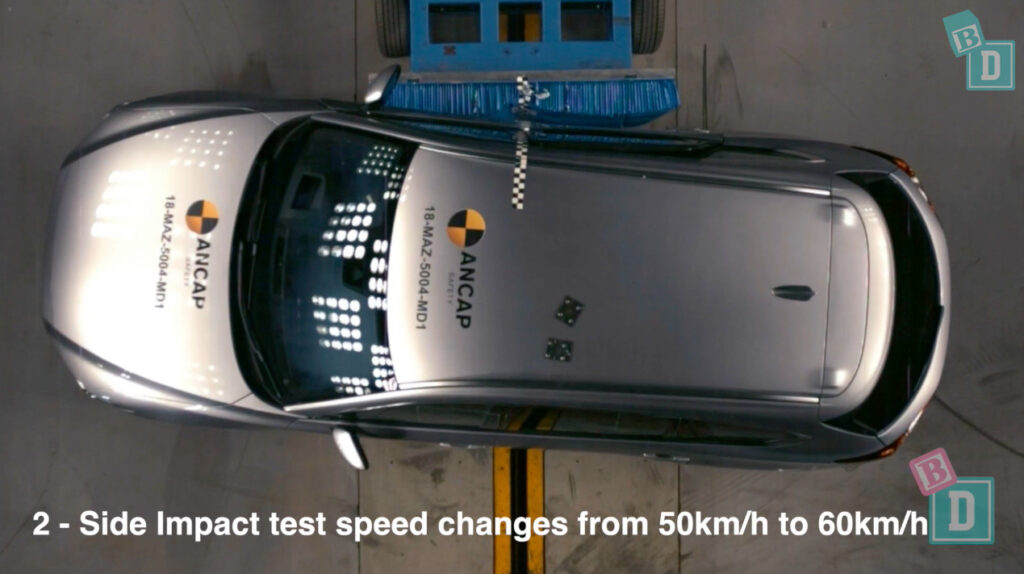
The side-impact crash test has 6 and 10-year-old child dummies in the rear outboard positions.

Mark explained that most cars currently get full points in the side impact test for both adult and child occupant protection. From 2020 the speed of this crash will be ramped up to 60km/h which Mark says doesn't sound like a lot but will make a huge difference and will definitely add to the challenge for vehicle manufacturers.
“With that increase in severity, it will be hard to get full points in that test,” he said.

I asked Mark how much communication ANCAP has with the vehicle manufacturers around their designs and the crash testing. Mark said ANCAP wants manufacturers to build the safest car so they need to let them know ahead of time what new tests it is planning, so it is not a surprise for them.
“If all the cars you can buy are fantastically safe then that is a good thing for everybody, we have a lot of communication with manufacturers but we also maintain our independence,” he explained.
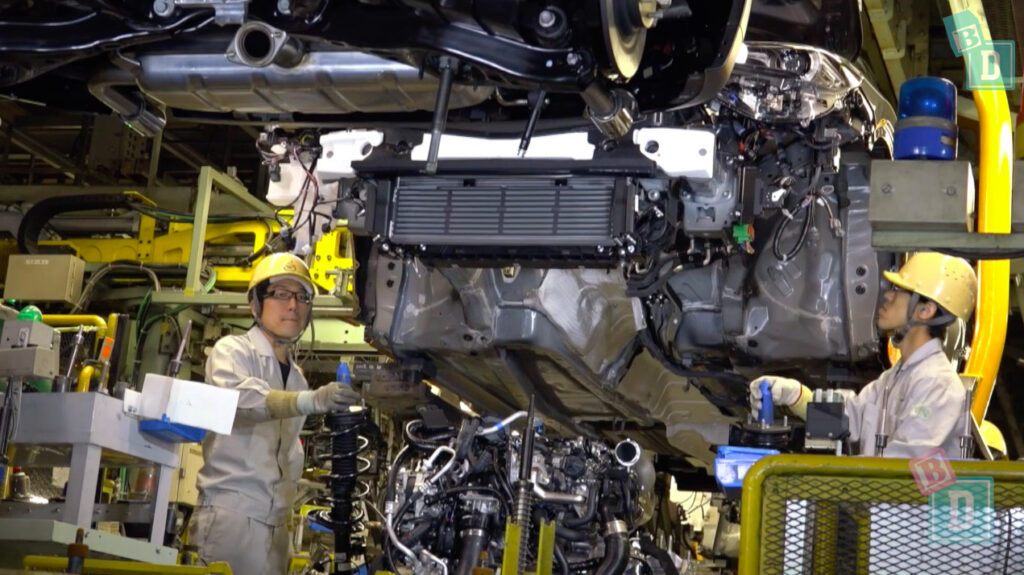
3- THOR a new adult crash test dummy arrives at the end of 2019 for the new full-frontal crash test.
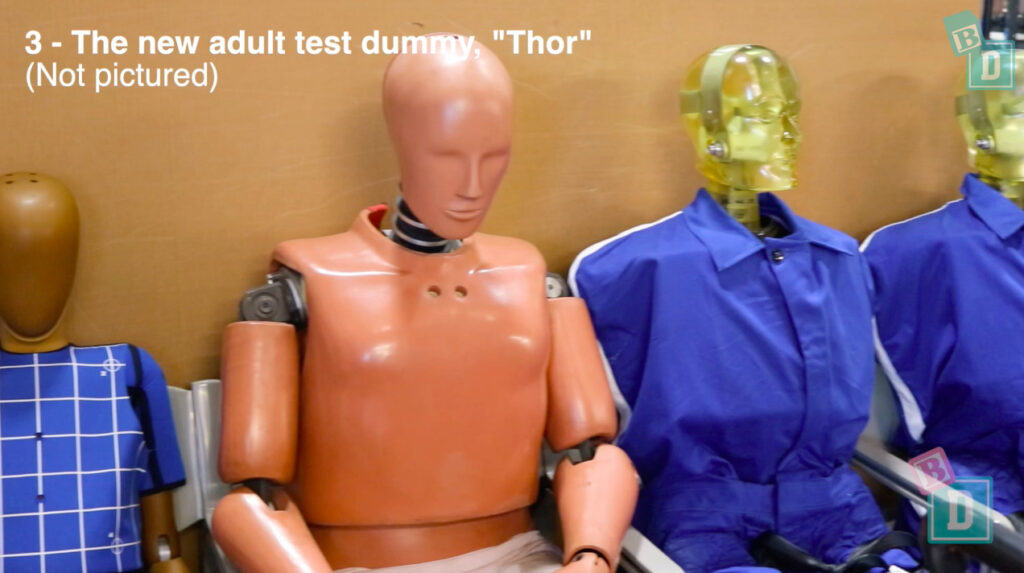
Mark describes Thor as more human-like and it can measure more things. It has six points where you can measure chest and abdomen deflection, compared to one on the existing dummy, which will help with measuring things like seatbelt interactions.
The Q10 and Q6 child dummies will stay the same with some minor upgrades.
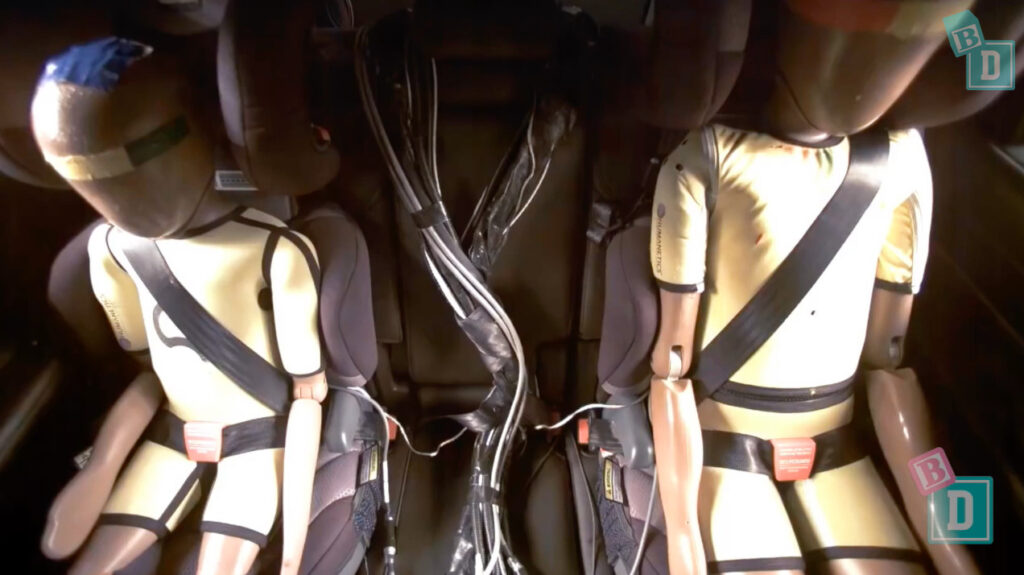

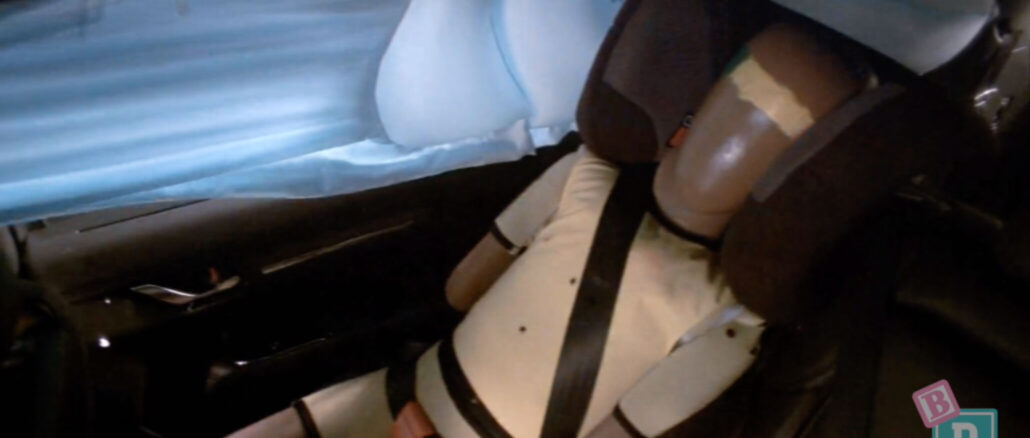
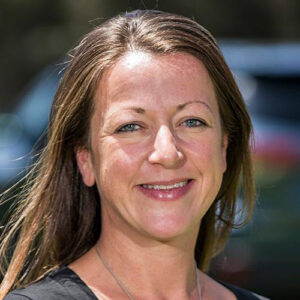

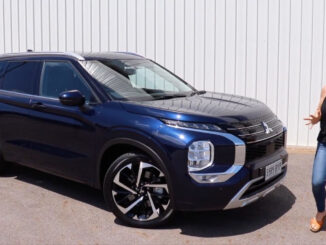

Be the first to comment